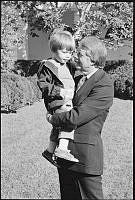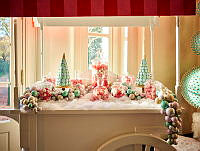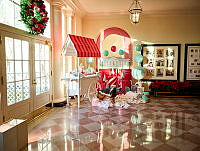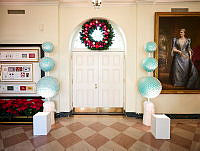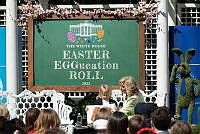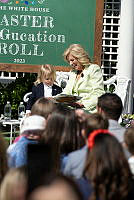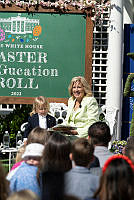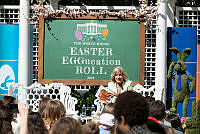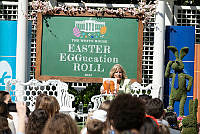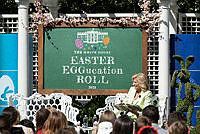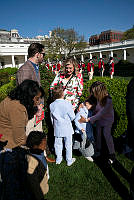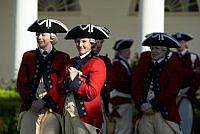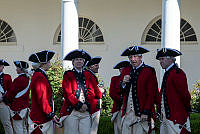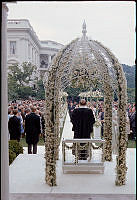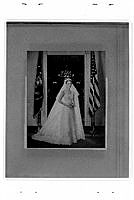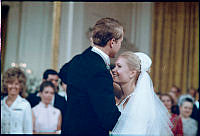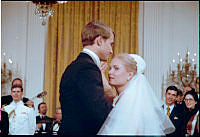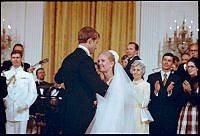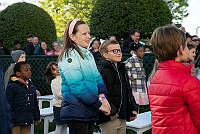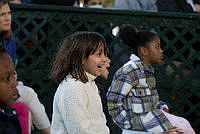President's Park: A History of Protest at the White House
Copyright © White House Historical Association. All rights reserved under international copyright conventions. No part of this article may be reproduced or utilized in any form or by any means, electronic or mechanical, including photocopying, recording, or by any information storage and retrieval system, without permission in writing from the publisher. Requests for reprint permissions should be addressed to books@whha.org
Congress shall make no law . . . abridging the freedom of speech . . . or the right of the people peaceably to assemble, and to petition the Government for a redress of grievances. -Excerpt from the First Amendment, U.S. Constitution.

This photograph of the North Grounds of the White House from Lafayette Park was taken by William Phillips in 2002, during the George W. Bush administration. Clark Mills' equestrian statue honoring President Andrew Jackson appears in the foreground, and the Washington Monument can be seen in the distance.
White House Historical AssociationPresident’s Park is approximately 80 acres of urban landscape surrounding the White House. A fence encloses the house, providing 18 acres of gardens and grounds for the first family’s enjoyment. To the south is the Ellipse, the site of National Christmas Tree events. To the north of the White House is a seven-acre plot called Lafayette Park. Named after revolutionary war hero Marquis de Lafayette, who visited the White House in 1825, Lafayette Park has served many purposes throughout history. Early on, there was a graveyard. It was the site of a racetrack and also an encampment for soldiers during the War of 1812. Enslaved people were once sold here. In the 19th century it was a prime residential neighborhood. It is a reviewing area for inaugural parades. Like many spaces inside national parks, it also acts as a site for First Amendment activities.
Lafayette Park is a place where many influential protests have taken place. It has been, and continues to be, a focal point for the expression of American ideals. Inspired by the First Amendment, citizens continue to exercise their rights of free speech here, using Lafayette Park as their stage and the White House as their valued audience. This park currently serves as a safe place for congregation and the demonstration of grievances. Advocates of a wide variety of causes understand the relevance of the location and use it to try to affect change. Their campaigns sometimes change the views of fellow citizens and, they hope, government decision makers.
Demonstrations here take the form of nighttime vigils, marches, picketing, and other peaceful means of conveying wants and needs. The hundreds of annual protests in Lafayette Park are regulated by the National Park Service, the agency that monitors First Amendment activities in the park while aiming to preserve this historic area and make it available for citizens’ enjoyment.













